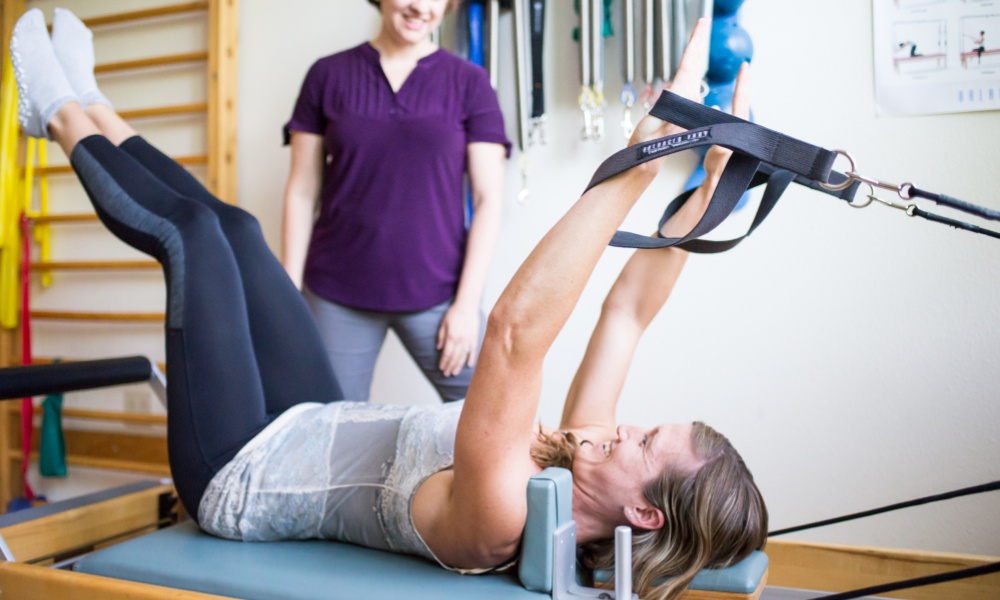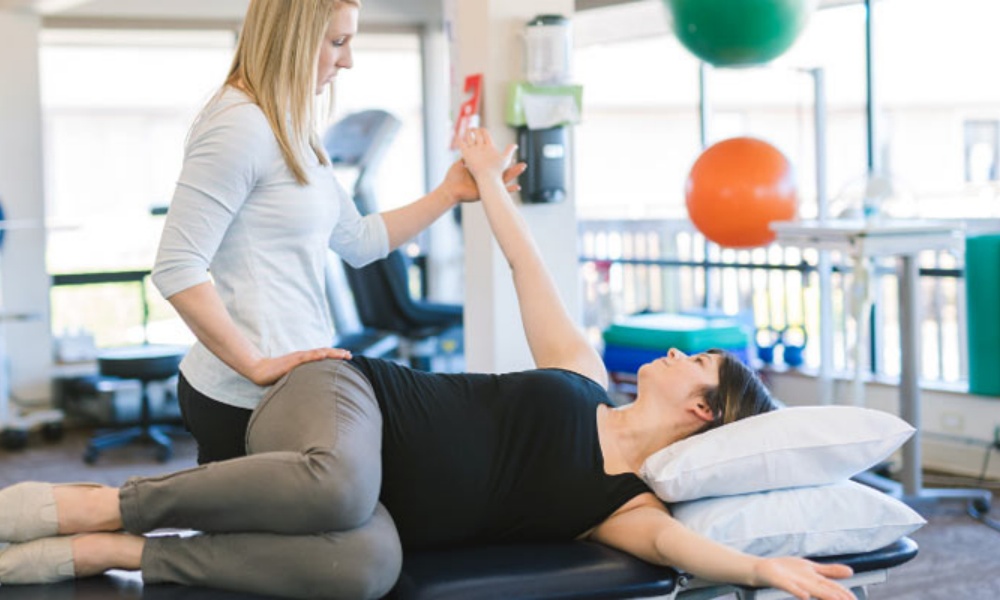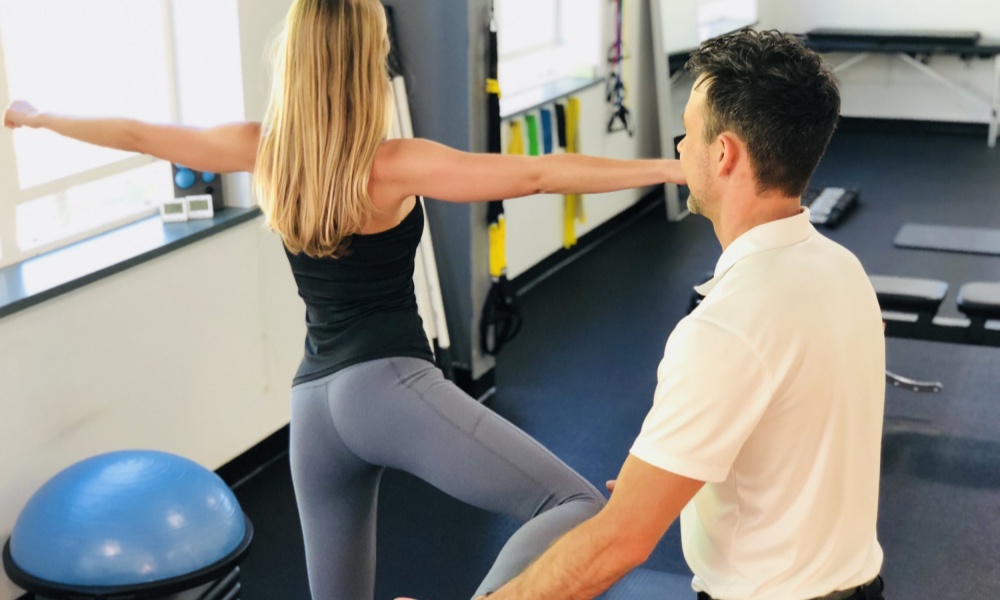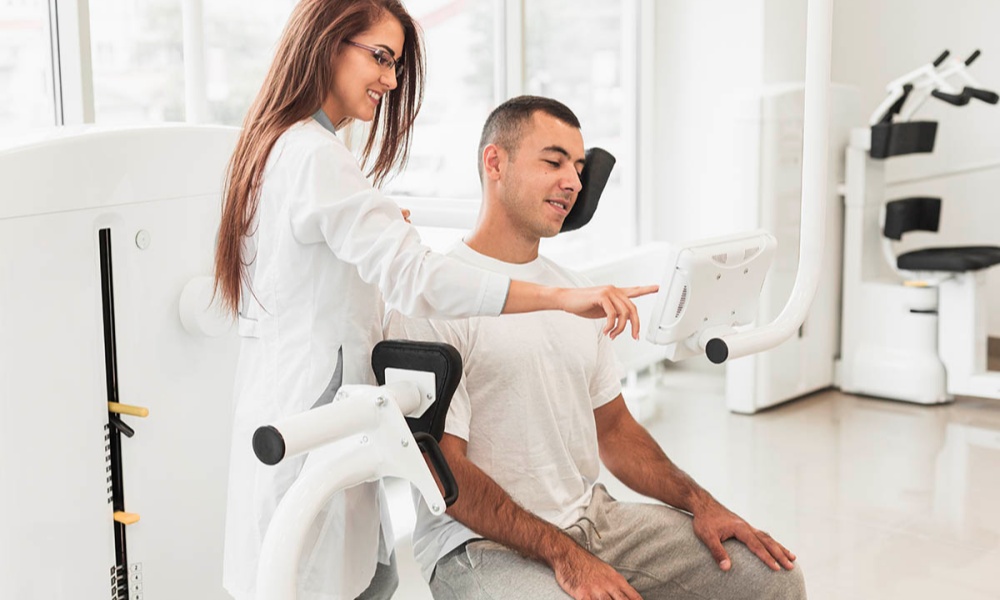One of the most common rehabilitation modalities is physical therapy, which focuses on improving mobility and strength through targeted exercises. Physical therapists assess individual needs and create personalized treatment plans that may include stretching, strengthening, and functional training. Engaging in physical therapy can significantly enhance recovery times and improve quality of life by addressing specific physical limitations.
Another popular modality is occupational therapy, which emphasizes the development of daily living skills. Occupational therapists work with patients to improve their ability to perform everyday activities, such as dressing, cooking, and driving. This type of therapy is particularly beneficial for individuals recovering from strokes.

traumatic brain injuries, or surgeries that affect fine motor skills. By focusing on practical skills, occupational therapy helps patients regain independence and confidence in their daily lives.
A growing trend in rehabilitation is the use of aquatic therapy, which utilizes water to facilitate movement and exercise. The buoyancy of water reduces the impact on joints, making it an ideal environment for individuals with arthritis or those recovering from surgery. Aquatic therapy can enhance strength, flexibility, and endurance while providing a refreshing and enjoyable experience. Many rehabilitation centers now offer specialized aquatic programs tailored to individual needs.
Another effective modality is the use of modalities such as ultrasound, electrical stimulation, and heat therapy. These techniques can help reduce pain, promote healing, and increase blood flow to affected areas.

Ultrasound therapy uses sound waves to penetrate deep tissues, while electrical stimulation can activate muscles and reduce swelling. Heat therapy, on the other hand, relaxes muscles and improves circulation. These modalities are often used in conjunction with physical therapy to enhance overall treatment outcomes.
In addition to these traditional modalities, alternative therapies such as acupuncture and massage therapy are gaining recognition in the rehabilitation field. Acupuncture involves inserting thin needles into specific points on the body to alleviate pain and promote healing. Massage therapy can help reduce muscle tension, improve circulation, and enhance relaxation, making it a valuable addition to a comprehensive rehabilitation program.

When considering rehabilitation modalities, it is essential to consult with healthcare professionals to determine the most appropriate options based on individual needs and conditions. A multidisciplinary approach that combines various modalities often yields the best results. Open communication with therapists and healthcare providers ensures that the rehabilitation plan is tailored to the patient’s unique circumstances, maximizing the potential for recovery.
Additionally, it is important to remain committed to the rehabilitation process. Consistency and adherence to prescribed exercises and therapies are vital for achieving optimal results.

Setting realistic goals and tracking progress can help maintain motivation and focus throughout the recovery journey.
By understanding the diverse range of rehabilitation modalities available, individuals can take proactive steps toward their recovery. Whether through physical therapy, occupational therapy, or alternative treatments, each modality offers unique benefits that contribute to restoring function and enhancing quality of life. Embracing these options can lead to a more effective and fulfilling rehabilitation experience.

Leave a Reply